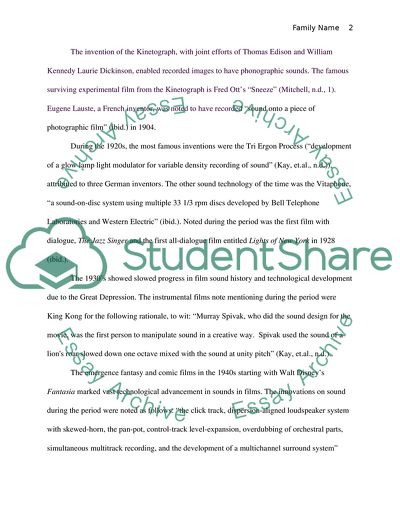Cite this document
(“Sound and Music in Films Research Paper Example | Topics and Well Written Essays - 1500 words”, n.d.)
Retrieved from https://studentshare.org/music/1569888-sound-and-music-in-films
Retrieved from https://studentshare.org/music/1569888-sound-and-music-in-films
(Sound and Music in Films Research Paper Example | Topics and Well Written Essays - 1500 Words)
https://studentshare.org/music/1569888-sound-and-music-in-films.
https://studentshare.org/music/1569888-sound-and-music-in-films.
“Sound and Music in Films Research Paper Example | Topics and Well Written Essays - 1500 Words”, n.d. https://studentshare.org/music/1569888-sound-and-music-in-films.


